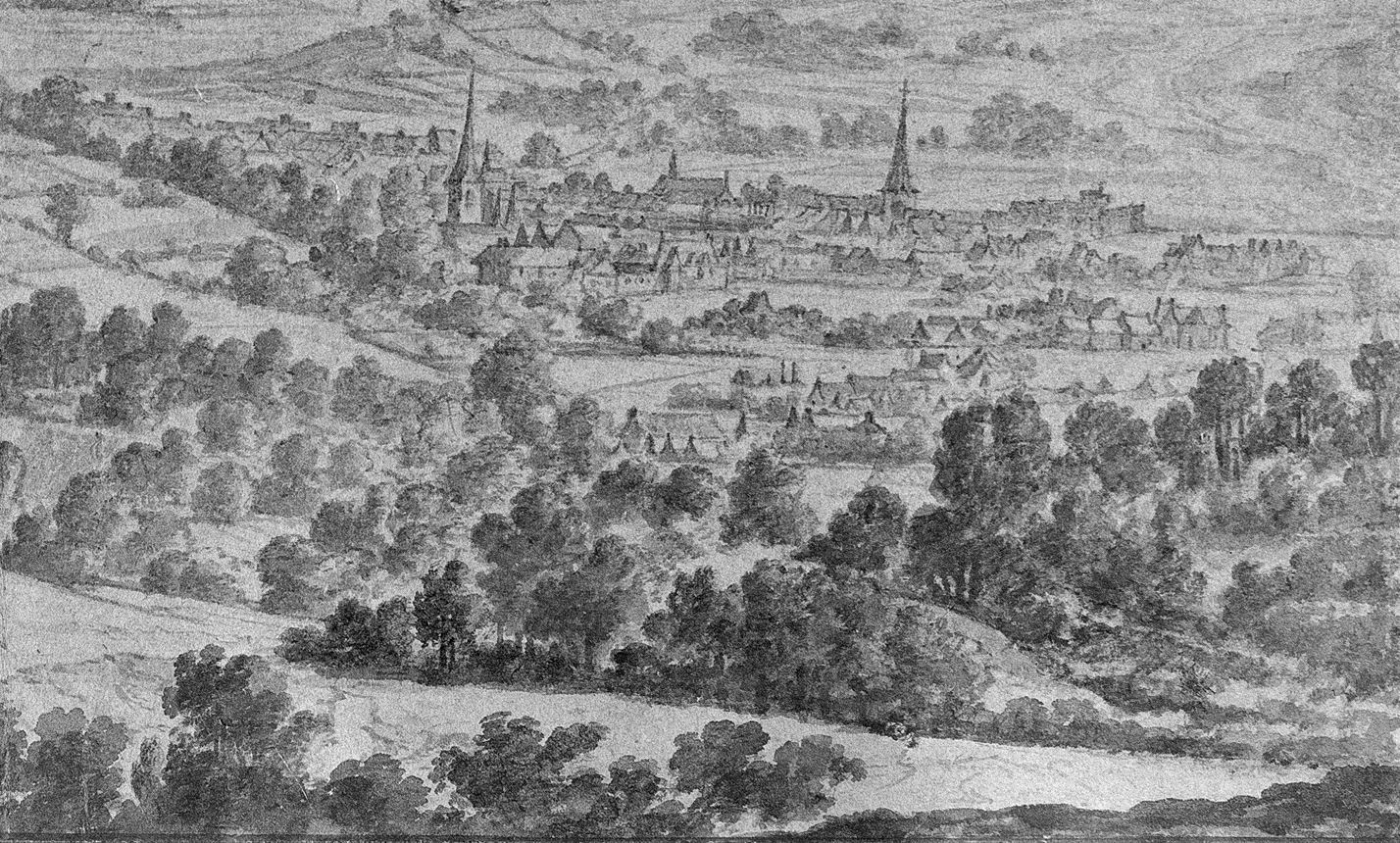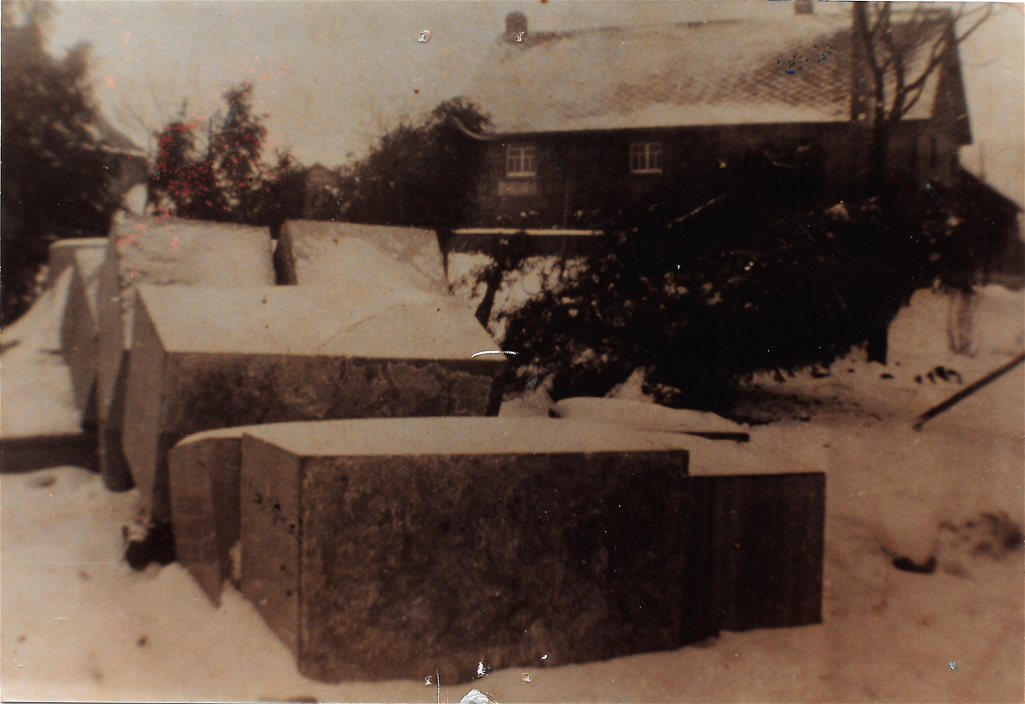The ‘Assemblée wallonne’ commissioned the sculptor Georges Petit with the design. The monument was inaugurated on 3 October 1926. It was intended to honour Pietkin, who was a bitter opponent of Bismarck’s Kulturkampf in the 19thcentury. Not only had the priest opposed the Reich Chancellor’s attempts to break the power of the Catholic Church, but also resisted the efforts to oust the previously tolerated Walloon and French languages from Prussian Wallonia.
However, the monument was also intended as a memorial against German militarism. Jules Bosmant (1893-1975), Liège art historian, describes the monument as follows: ‘The she-wolf stretches her neck suspiciously towards the east. Watching and wild, she senses the dark threats and awaits the approaching enemy […]’ (1). By erecting the monument, the Walloon Movement from Malmedy sought to close ranks with the Walloon Movement in the interior. The motif is unusual: Romanesque culture is represented by the she-wolf suckling Romulus and Remus. The unveiling speech was to be delivered in 1926 by the French and Italian consuls ‘in honour of the outermost borders of the Latin language area’. However, the German government, the Catholic Belgian press and Catholic priests of the region protested strongly against the erection of the monument. The latter were disturbed by the pagan motif of the she-wolf and the nakedness of Romulus and Remus. Petitions against the monument circulated in the region.
The monument was severely damaged by pro-German residents of Sourbrodt after the annexation of Eupen-Malmedy in 1940. The she-wolf was overturned and Pietkin’s features were disfigured with chisels.
It was not until twelve years after the end of the Second World War that the monument was rededicated, on 2 June 1957, by numerous personalities of the Walloon Movement and by various Walloon clubs.
Mayor Blesgen of Robertville recalled that ‘this is also the moment to say a few words of forgiveness and forgetting. Despite many difficulties, the world has understood that war and hatred bring no advantages and that these concepts must be eliminated forever. Let the re-erection of the monument be judged in this sense’(2).
The monument was reinterpreted once again: originally erected as a battle monument against German cultural imperialism, it became a monument of reconciliation and respect for neighbouring culture in Blesgen’s speech.
Vitus Sproten
From ZVS, 2018/11, pp. 258-259.
(1) Original quote Jules Bosmant: ‘La louve est belle ; traitée avec un réalisme de bon aloi – on sent le poil de la bête – le cou tendu vers l’est, attentive et farouche, elle flaire les menaces obscures, guette l’ennemi proche, cependant que, suspendus à ses dures mamelles, les jumeaux innocents sucent le lait latin.’ in: Yves Dubois, Les monuments commémoratifs de la Grande Guerre en Province de Liège, Mémoire présenté en vue de l’obtention du grade de Master en histoire de l’Art et Archéologie, ULiège, 2010/2011, p. 107.
(2) Solemn inauguration of the Pietkin monument in Sourbrodt, in Grenz-Echo, 03/06/1957.


